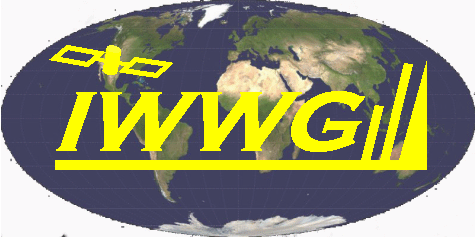Analysis of Atmospheric Circulation Patterns Using the EUMETSAT Atmospheric Motion Vector Climate Data Record
The last two IPCC reports AR5 and AR6 highlighted how global warming is impacting regional and global circulation patterns, for example, Jet streams (upper tropospheric and high speed winds) and the Indian summer monsoon (tropical and subtropical seasonal reversal in both surface winds and associated precipitation). Due to the change in the circulation patterns, Jet Streams are moving poleward, in particular on the northern hemisphere, and the occurrence of extremes (both flooding and drought) is increasing in Indian summer monsoon precipitation. The scientific community is mostly using climate models and reanalysis data to study to come to these conclusions. No direct, long-term, and homogeneous wind measurements are currently used for doing such analyses.
The objective of this talk is to present the outcome of an ongoing analysis to assess if the Climate Data Record of Atmospheric Motion Vectors (AMV) generated at EUMETSAT can add information to model based results and by this provides an alternative measurement based tool for studying these circulation patterns.
EUMETSAT owns a unique archive covering more than 40 years of meteorological geostationary satellite data, going back to the end of the 1970s. Data since the early 1980s are recalibrated and reprocessed at EUMETSAT to derive Climate Data Records (CDRs) of geophysical parameters. One of these is the Atmospheric Motion Vectors (AMV) data record. EUMETSAT has a long history in retrieving atmospheric winds, and has developed a very robust algorithm for the near real time generation of AMVs from Meteosat Second Generation (MSG) imagery, which was adapted to be used for first generation of Meteosat (MFG) data as well. The Meteosat imagery of the 0-degrees and the Indian Ocean Data Coverage (IODC) mission have been recently exploited respectively to produce 38-year long (1981-2019) and a 21-year long climate data records (1998-2019). The dataset includes winds retrieved from Meteosat First Generation and Meteosat Second Generation.
To facilitate analysis of changes in circulation patterns, the AMVs retrieved on irregular horizontal and vertical dimensions have been mapped onto a horizontal regular latitude/longitude grid of 0.25×25 degrees and 100 hPa vertically in the atmosphere. These mapped data are then used together with reanalysis data, e.g., ERA5, to analyse the aforementioned circulation patterns. The results based on the retrieved AMVs confirm the poleward migration of the Jet Stream. Analysis of the Indian Summer Monsoon reveals that large scale features of the Indian Summer Monsoon is captured by the AMV data set as well. Further analysis of their temporal variability and changes will be discussed in the presentation.
Presentation Withdrawn






